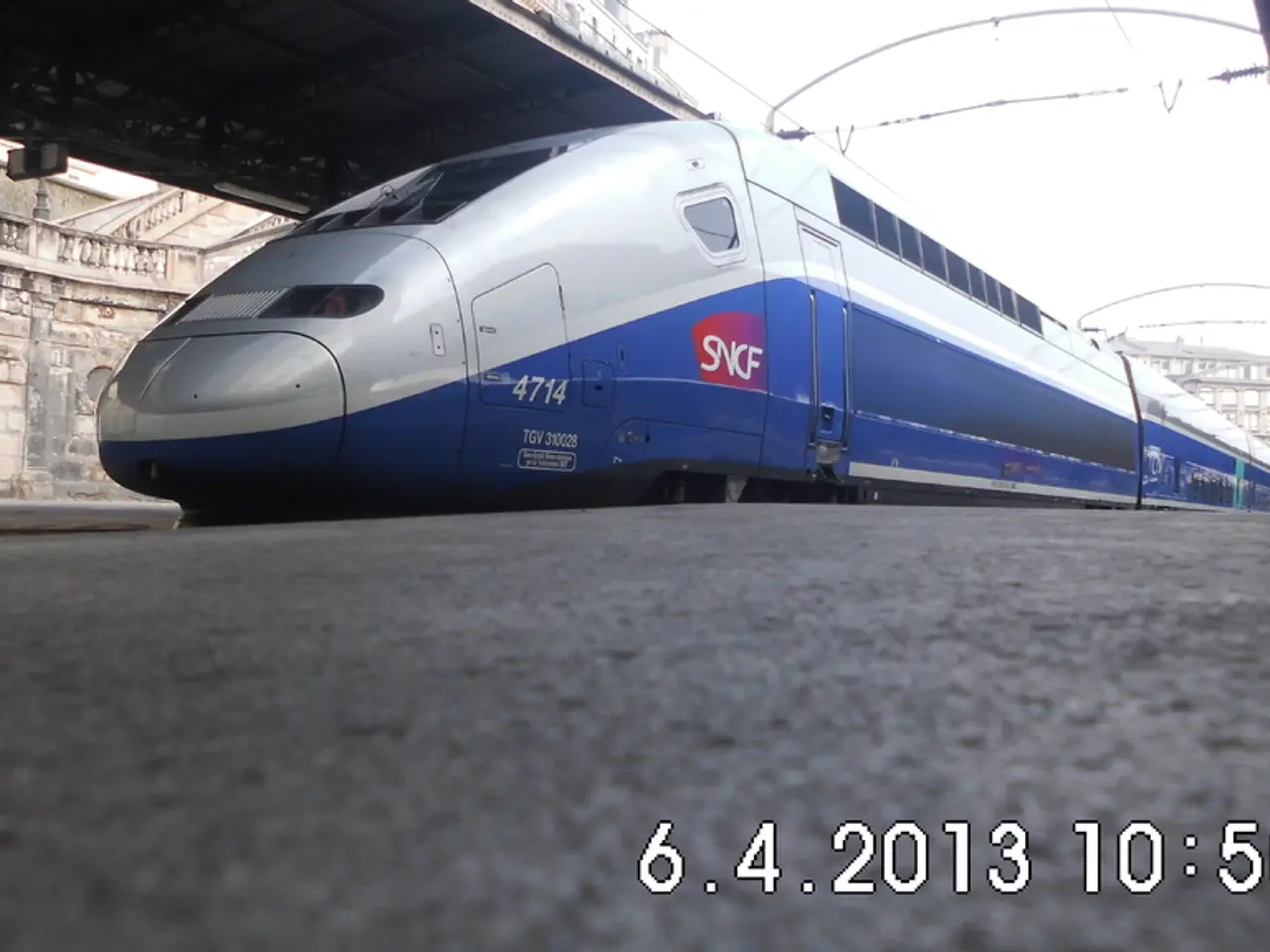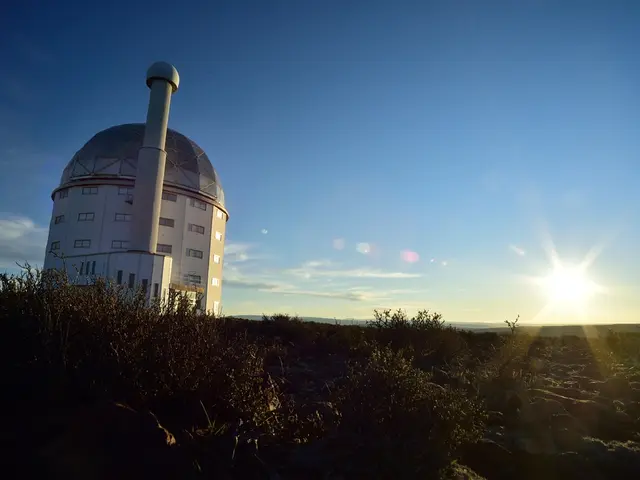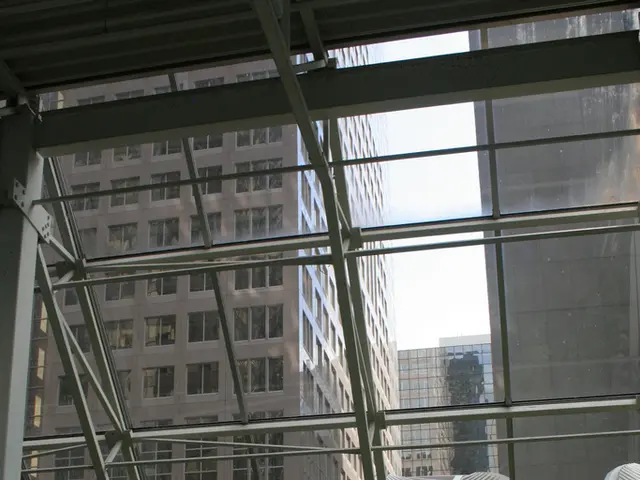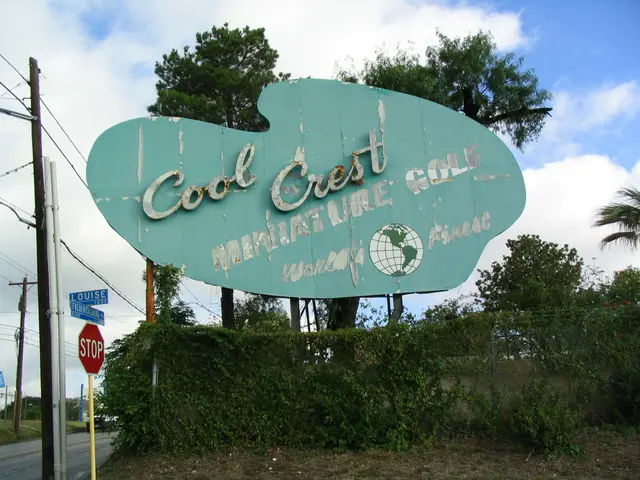Construction of Soodevahe Traffic Junction in Estonia is officially underway following a signed contract, marking the beginning of one of the country's most intricate infrastructure projects.
The Rail Baltica project, one of the largest high-speed rail initiatives in Europe, has reached a significant milestone with the commencement of the Soodevahe traffic junction construction in Estonia. This complex infrastructure project, currently underway, is expected to reduce travel times between the Baltic states and major European cities by more than half, and is a crucial step towards establishing the Baltics as a key link in European trade and cooperation.
The Soodevahe junction, one of Estonia’s most technically challenging infrastructure projects, is a multi-level intersection where two types of railway gauges intersect: the European standard gauge (1,435 mm) and the Russian broad gauge (1,520 mm). The project includes the construction of the Lagedi Road viaduct, 286 meters long, and the partial construction of the Soodevahe railway tunnel, approximately 330 meters, with an additional ramp about 1,300 meters long.
The construction, which is being executed at a three-level junction requiring the construction of a tunnel under two railway corridors of different gauges, also involves the construction of the Rail Baltica mainline embankment and associated infrastructure from kilometer 4+800 to 6+600. This includes drainage, culverts, utility relocations, landscaping, and construction of access roads.
The Soodevahe junction will connect the Rail Baltica main line to the Port of Muuga, a vital logistics hub linking Estonian trade routes to the eastern Baltic Sea and Western Europe’s networks. The construction, planned to last 38 months, is a testament to the project's complexity and strategic significance for Estonia’s economy by enabling direct international freight flows from the Port of Muuga into Europe’s heart.
The project is being funded partially by the European Union’s CEF 10 program and partially from revenue generated through CO2 quota sales. The total value of the contract for this project is €38,836,552.22 (excluding VAT). Rail Baltica, designed to meet European standards, will have a design speed of 249 km/h upon completion.
The Soodevahe junction construction is a critical step in the Rail Baltica project, which aims to improve connectivity, strengthen regional security, and support economic growth in the Baltic states. As the project progresses, it will serve as a modern infrastructure for passenger, freight, and military mobility, promoting accessibility and facilitating business, tourism, and cultural exchange across Europe.
[1] Rail Baltica. (2025). Soodevahe junction. [Online] Available at: https://www.railbaltica.org/en/projects/soodevahe-junction
[2] ERR News. (2025). Soodevahe junction construction contract signed. [Online] Available at: https://news.err.ee/1054789/soodevahe-junction-construction-contract-signed
[3] European Commission. (2021). Connecting Europe Facility. [Online] Available at: https://ec.europa.eu/info/strategy/priorities-2019-2024/europe-going-digital/connecting-europe-facility_en
[4] Rail Baltica. (2025). Balticconnector. [Online] Available at: https://www.railbaltica.org/en/projects/balticconnector
Read also:
- Catastrophic blast at a US Steel facility in Pennsylvania causes 2 fatalities, inflicts injuries on 10 individuals
- Weekly developments in the German federal parliament, the Bundestag
- Solar Shutdown: Merz Proposes Billions of Gas Discharge - Reverse Plan
- New guidelines for NEPA processes unveiled by federal agencies, in alignment with Executive Order 14154 and the Seven County Decision of the Supreme Court








